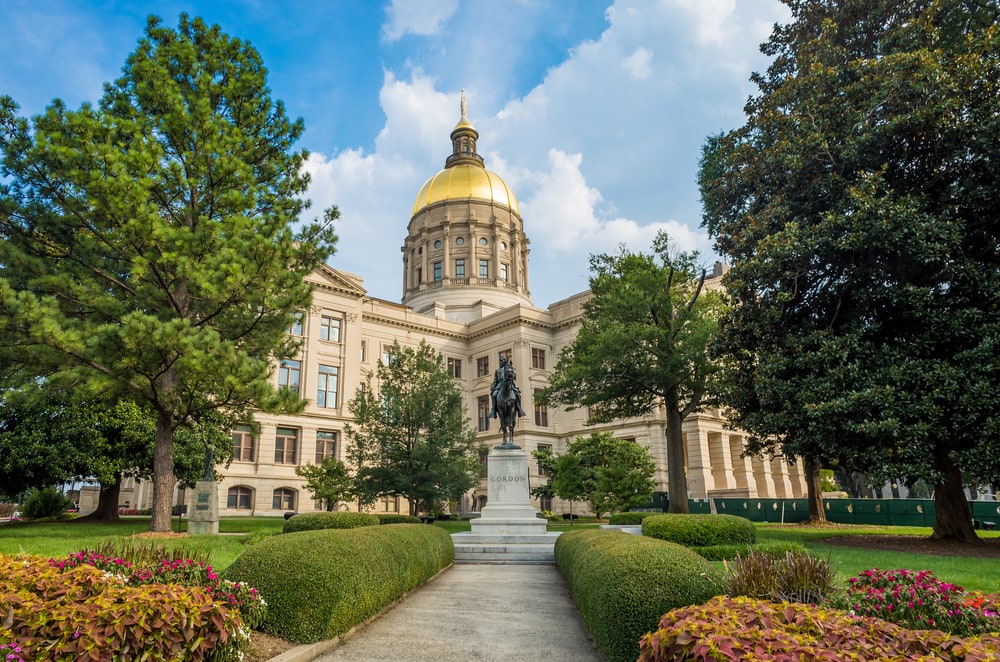NCOIL looks at high cost of air ambulances
Health insurance premiums, and the underlying health care costs that drive them, were a major topic at last month’s National Conference of Insurance Legislators’ meetings in Portland, Oregon, where lawmakers discussed bracing for the cost of many individual-market policies to spike 30 to 70 percent next year.
One anecdote drawing particular attention came from Maine Insurance Superintendent Eric Cioppa, who noted a complaint came to his office regarded a $128,000 charge for air-ambulance that was “balance-billed” to a consumer. In balance billing, a practice under intense scrutiny in many states, a consumer is held responsible for the residual charges after a health insurance plan has paid the agreed share under the contract. In this particular case, since it was consented to on a “nonessential” basis, there was no limit on the charge, no reimbursement and, apparently, no recourse.
Roughly 30 percent of the population relies on air transport for critical care within the “golden” first hour after a trauma. Nationally, the average cost of an air-ambulance transport to a hospital was $12,000 to $25,000 in 2014, when the National Association of Insurance Commissioners put out its first consumer alert on the topic.
State legislators in nine states examined the topic this year, with West Virginia enacting legislation limiting the amounts its public employees health plan would pay for non-contracted air-ambulance services to the Medicare reimbursement rate. In North Dakota, which also held legislative hearings this year, the average balance billed for 20 complaints filed with that state’s insurance department was $23,250. The largest bill was for $60,000. In Maryland, there have been a string of complaints filed with the state’s Insurance Administration, and some have topped $40,000. On the other hand, in that same state, patients with private insurance paid between $94 and $4,747 if the air-ambulance service had contracted with their insurer, according to America’s Health Insurance Plans.
But increasingly the air ambulances do not contract with insurers, so that they can charge whatever they feel the service is worth. In Texas, there is one hospital plan that has an air-ambulance service in the network out of 22 plans and none of the 24 plans in Florida are connected to hospitals. AHIP reports that one air-ambulance service increased its average billed rate from $14,358 to $37,102 in one year, and a second from $17,796 to $41,358 in the same period.
According to testimony given at the National Conference of State Legislators recent meeting, the number of rural hospitals is down from 2,400 to about 1,900 in the last few years, with another 236 probably closing in the next five years. One whole state, Arkansas, has no Level One trauma center
The NAIC has a task force looking at “surprise” billings that patients often either have no reason to suspect, since the third-party payer system either masks charges to patients or the charges are much higher than anticipated. There also have been proposals in the U.S. Senate to direct the U.S. Government Accountability Office to study air-ambulance pricing, mediation for out-of-network balance billing and call lists based on participation in health care insurance networks.







